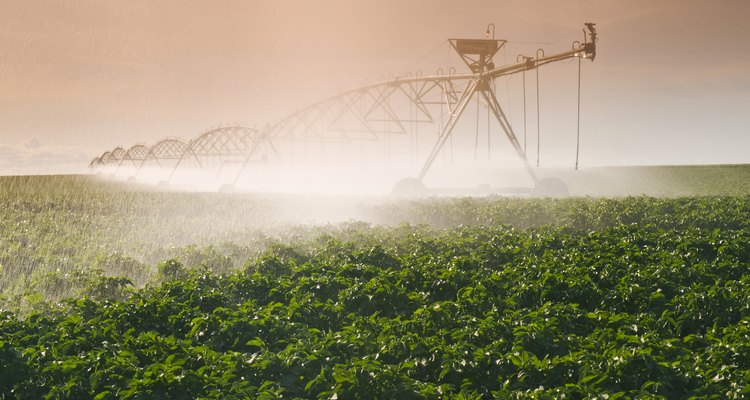
Dave Reede / Design Pics/First Light/Getty Images
California produces nearly half of all U.S.-grown fruits, vegetables, and nuts, including lettuce, strawberries, grapes, tomatoes, walnuts and almonds.
Are Almonds and Almond Milk REALLY Draining All the Water?
If you’re a fan of almonds and/or almond milk, you may have noticed articles (such as Tom Philpott’s piece in Mother Jones with the inflammatory headline “Lay Off the Almond Milk, You Ignorant Hipsters”) talking about almonds and almond milk production draining California dry.
California farmers grow 80 percent of the WORLD’s almonds, according to the CA Department of Food and Agriculture, and The Guardian reported they have been accused of siphoning off groundwater at the expense of the state’s future water reserves.
Almonds are an easy target. Almond farming doubled between 2004 and 2013, as the demand for almonds is on the upswing in the U.S. and worldwide. Almond milk now makes up two-thirds of the plant-based milk market in the U.S., overtaking soy milk. Why is this so alarming? Because it requires about a gallon of water to grow one almond.
In the infographic below you can see the truth that meat, dairy, wine, coffee and chocolate are some of the most water-intensive foods that we consume.
The thirstiest food products grown in California are those that are derived from animals:
* Beef
* Pork
* Chicken
* Dairy milk
* Eggs
What Can You Do?
Some choices we can all make that will save hundreds and thousands of gallons of water are:
* Eat more plant-based foods. Try Meatless Monday or only eating meat a few days a week. Or decide to go vegetarian or vegan.
- If you choose to eat meat, choose chicken or pork over beef. If you eat a pound of chicken instead of a pound of beef each week, you’ll save about 46,000 gallons of water per year.
- This feels like blasphemy to say since I am a wine fan, but consider choosing beer over wine. If you drink a glass a day, you’ll save 10,000 gallons a year by choosing beer.
Here are more water conservation tips for your home and diet.
We hope this infographic will help to solve the mystery of where all the water is going and how much we each consume. Click here to view the full-size version and print it, and/or pin it and share it on Pinterest to help to spread the word.
What Do YOU Think?
Are you concerned about the drought and water usage? Did you know how much water it took to create all these foods? What changes would you make or have you made to your diet or your lifestyle to lower your water footprint? Leave a comment below and let us know. We want to hear what you think!
Related Articles
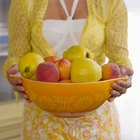
Fruit & Water Diet

Which Country Produces the Most ...
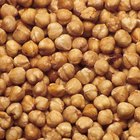
How to Blanch & Peel Hazelnuts
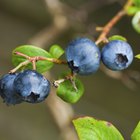
List of Water-Rich Foods
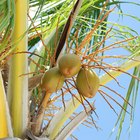
Which Nuts Are Alkaline Forming?

How to Tenderize Meat With Tea

Hate Water? Here Are 5 Easy Ways to ...

How Is Dasani Water Purified?
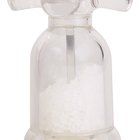
How to Dry Meat With Salt

How to Defrost a Sirloin Rolled Roast ...

The "Reducetarian" Trend and 6 Reasons ...

How to Store 6 Months' Worth of Food ...

Alkaline & Acidic Foods & Drinks

German Beer Vs. American Beer
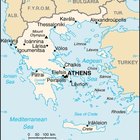
Staple Foods in Greek Culture
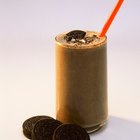
Chocolate Milk and Weight Loss

How to Cook Frozen Dumplings With a ...
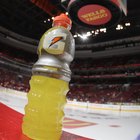
List of Foods Imported to Britain

What Effects Do Polyester Factories ...

What Is the Nutritional Value of Wheat?
Writer Bio
Jess Barron is head of editorial at LIVESTRONG.COM.She has appeared on MSNBC's "The Most," ABC News Now, and XM satellite radio. Barron's writing has appeared on Wired.com, Yahoo! and Poprocks.com.